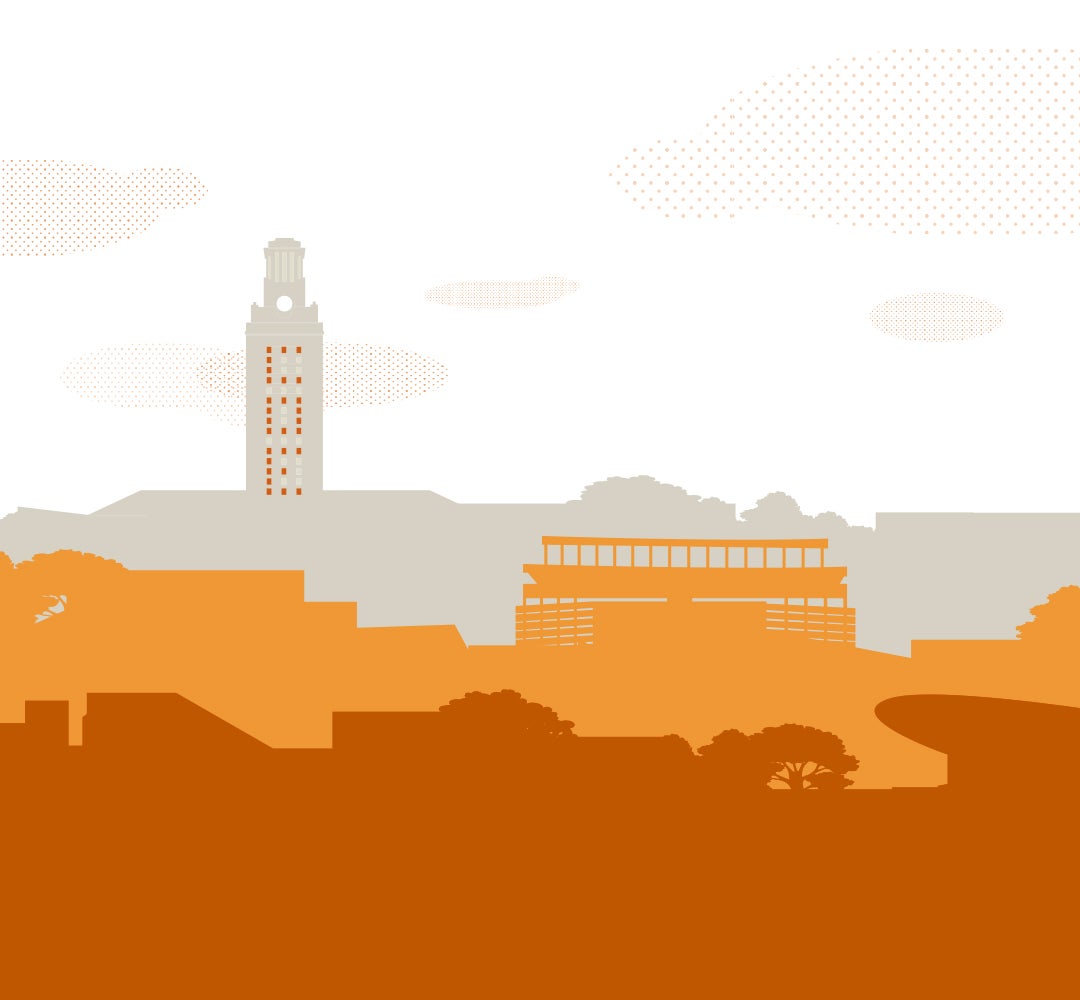It can be difficult for those with a fine motor disability to complete certain gestures. An undergraduate researcher is studying how different forces or force combinations may be more strenuous to conduct than others. By having volunteers perform specific motions, his research has the ability to assist physical therapists in demonstrating therapy processes to patients.
Jacob Vines, senior Kinesiology and Health Education student, was awarded the Undergraduate Research Fellowship from the Office of Undergraduate Research for spring 2018. His novel exploratory project titled “Digit Force Magnitude and Inter-digit Force Coordination Effects on Performance of a Complex Low-Level Force Pinch” examines motor function in adults.
Inspiration for Research
While working in the Motor Coordination Lab led by Professor Lawrence Abraham, Vines was inspired to pursue this research after seeing the crossover between the research of hand and finger motor control and the process of rehabilitation of hand and finger injuries in physical therapy.
Research Overview
In his research project, volunteers perform a complex coordination task to determine the dexterity of right-handed adults aged 18 to 30 years with no known neurological or musculoskeletal disorders of the right hand or arm.
“The complex coordination task was to use the right thumb and index finger to move a cursor counterclockwise around a diamond shape that was placed in four locations on the computer screen (up/down/right/left). For this task, force with the index finger moved the cursor vertically and force with the thumb moved the cursor horizontally,” said Vines.
“The choice of doing the index finger and thumb is to imitate general fine motor control like unbuttoning a shirt, and the use of the diamond task is to have varying forces between the thumb and index finger, which occurs in everyday life activities,” said Vines. “By using different finger combinations or a different task, the result would change completely from the current study. It would also not be as applicable to everyday life activities.”
Advice for Students Pursuing Undergraduate Research
Vines credits the research with helping guide him in pursuing a professional career. He has been able to better understand the process of scientific research as he decides whether or not he wants to pursue physical therapy and research different physical therapy techniques.
He advises students who are interested in conducting research to “formally and confidently email different labs doing research that you find interesting. Also, talk to any professors who teach classes you enjoy and ask if they have any open undergraduate research positions.”

